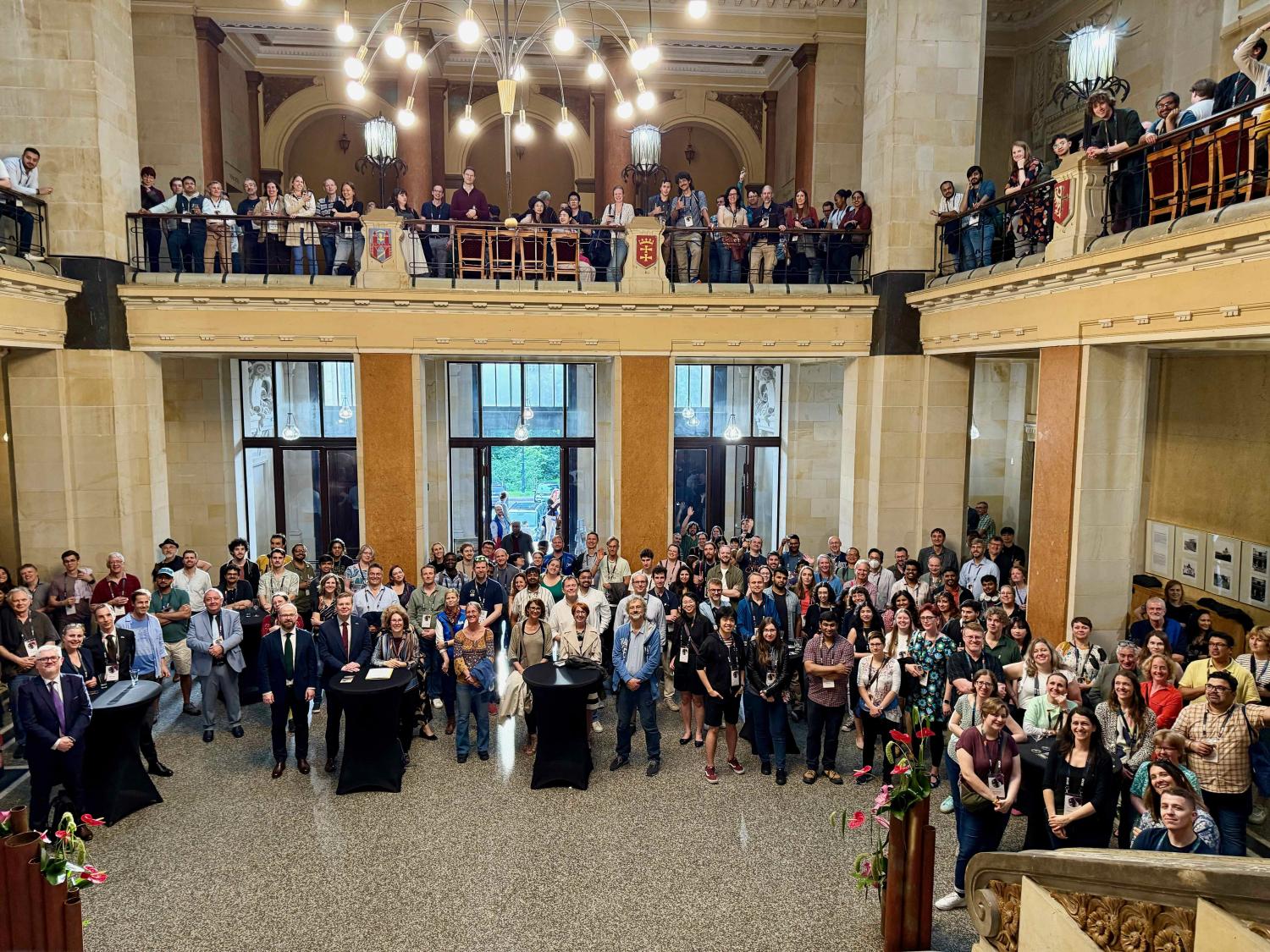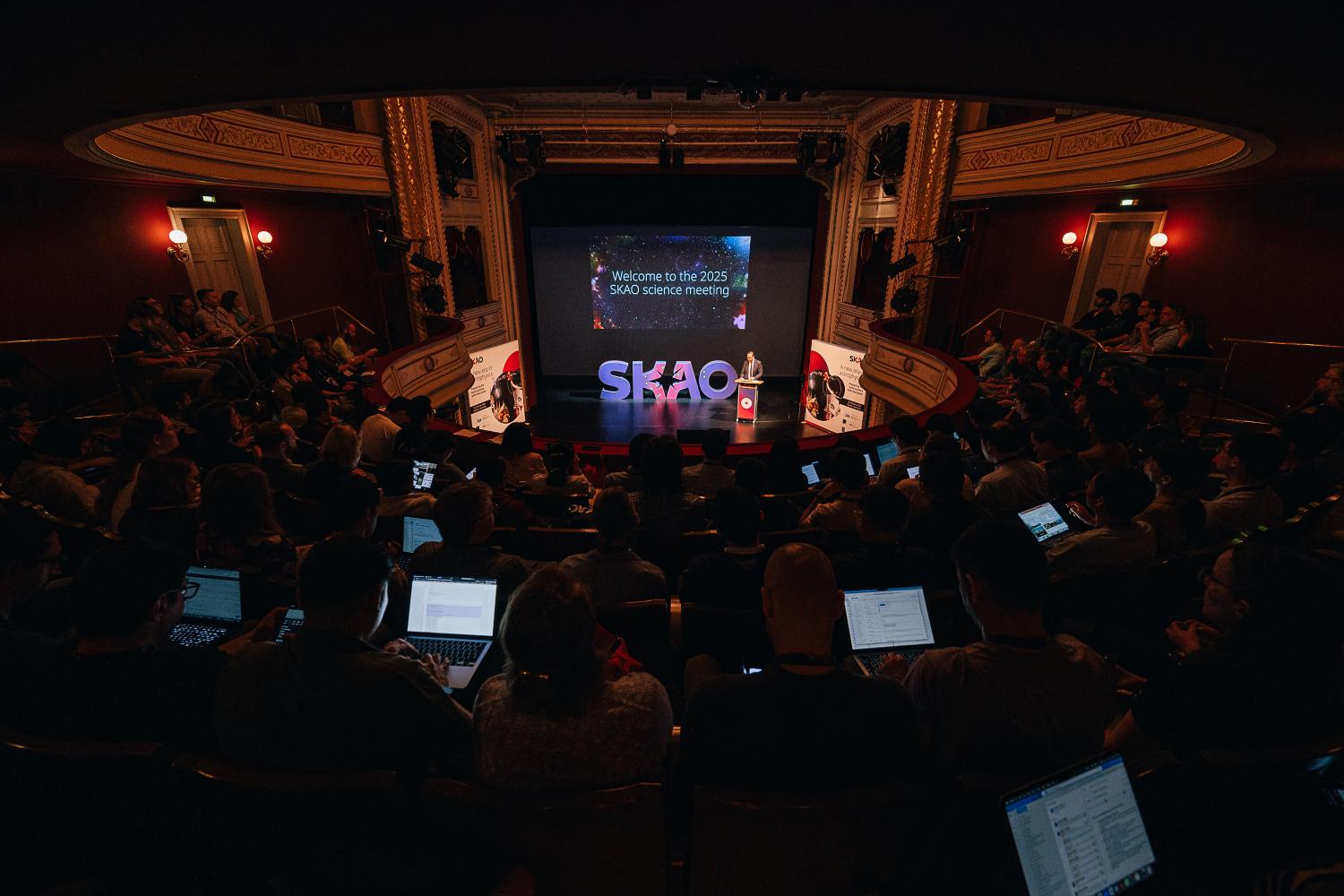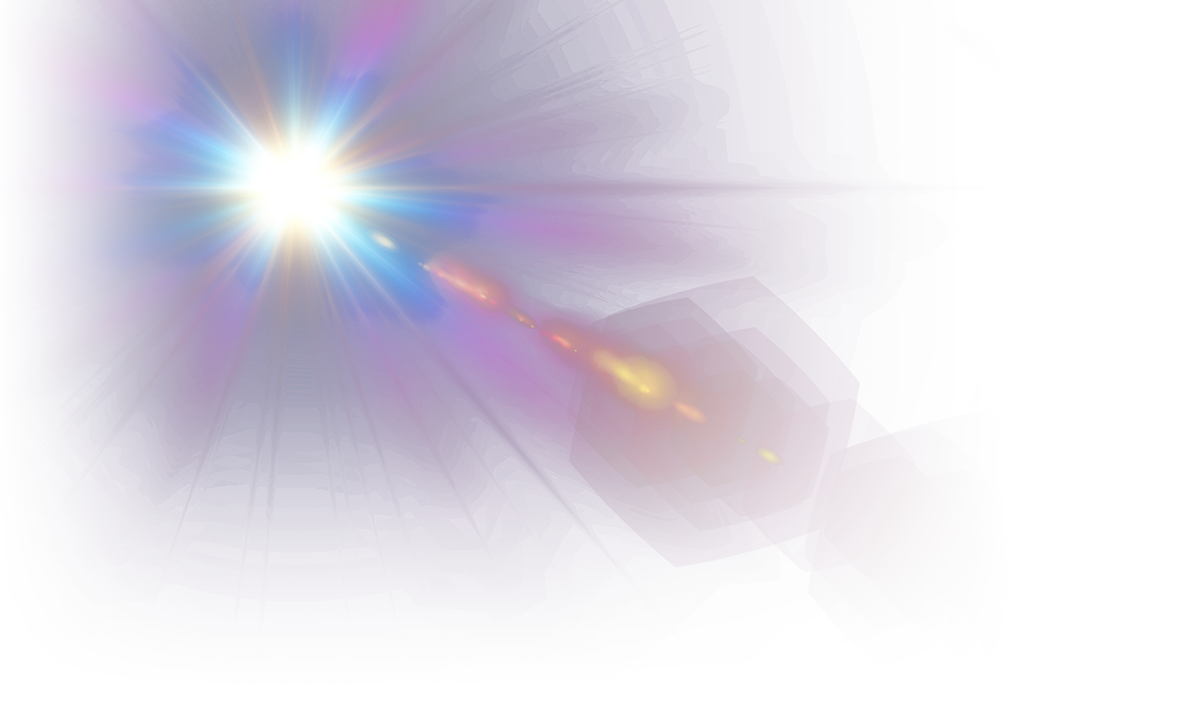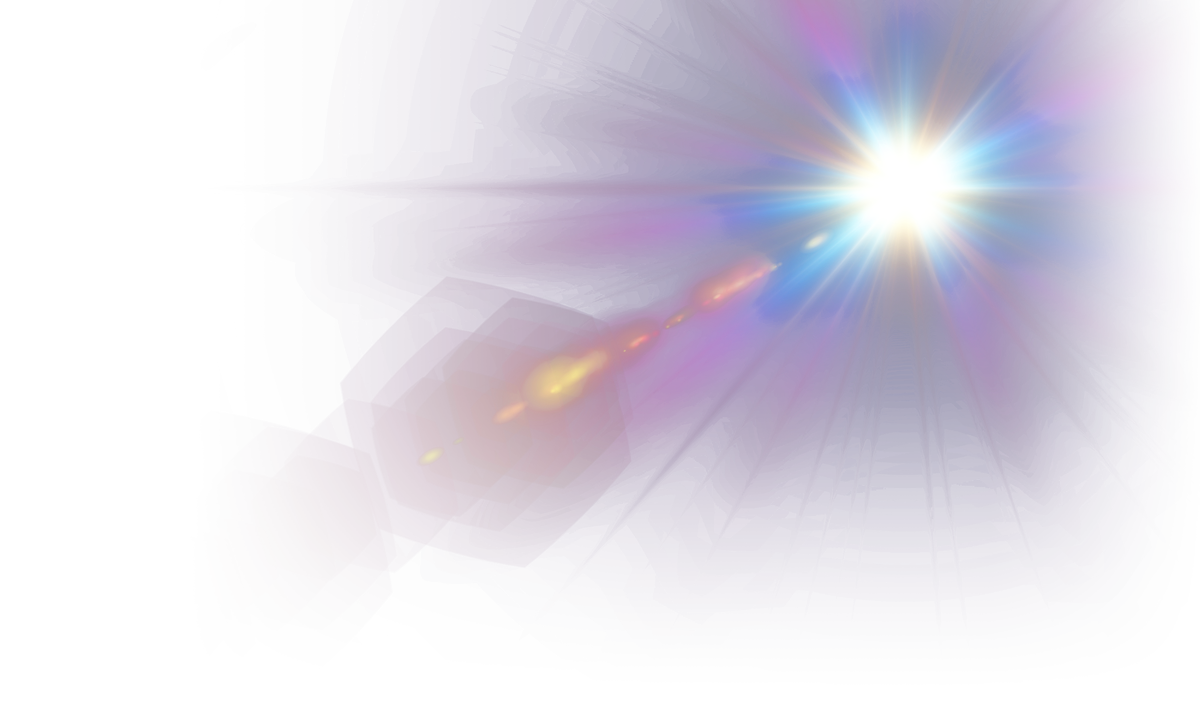Major SKAO science meeting draws international crowd to eastern Germany

The week-long meeting features more than 200 talks and around 150 posters detailing researchers’ plans for early SKA science.
As construction and commissioning of the SKA telescopes continue in South Africa and Australia, the meeting is an opportunity for the science community to discuss early science operations, hear about the latest tools, progress and developments of the Observatory, present their own recent scientific results and foster new connections with colleagues around the world.
Astronomers all over the world have been working on science cases for the SKA telescopes for many years. Their efforts are coordinated through fourteen science working groups that cover various research areas.
For the first time, the SKAO has provided the community with a detailed scientific timeline for both telescopes, detailing when various scientific capabilities will become available as the Observatory gradually ramps up and more antennas, equipment, and processing power become operational. Science verification – the stage at which astronomers will first have access to early SKAO data – is due to begin in the first half of 2027, and will likely include the most detailed point source survey ever undertaken of the southern sky at low frequencies.
"We received more than 600 abstract submissions for this meeting which really demonstrates the enthusiasm in the community,” says Dr Philippa Hartley, SKAO Observatory Scientist and Chair of the Scientific Organising Committee.
"This is our biggest ever in-person science meeting, and the hundreds of talks and posters have shown the incredible breadth of groundbreaking science that will be possible with the SKA telescopes. It has been particularly exciting to welcome so many early career researchers and hear about how the SKA project is providing opportunities for their future careers."


The community has also been hearing about impressive recent progress across the Observatory, and the significant challenges of building two world-class facilities in remote locations.
“We have faced challenges on many fronts since we started construction activities in 2021,” says Prof. Philip Diamond, SKAO Director-General.
“Some of them have been global in nature – such as the Covid pandemic and global inflation – but others are unique to our observatory. That includes the fact that we are doing something quite unprecedented: building not only one, but two groundbreaking telescopes on already operating radio-quiet sites.
"Despite all this, we’ve achieved several exciting milestones in 2025, including celebrating the release of the SKAO’s first image, and we have a clear path forward to delivering a transformational science facility.”
Görlitz, which lies at the heart of Europe on the border of Germany and Poland, is home to the newly established German Centre for Astrophysics (DZA), which will become a hub for SKAO science in the country, including hosting an SKA Regional Centre.
As part of the conference, the SKAO and its German partners also organised outreach activities in the town to ensure the meeting has a wide impact in the local community. Demonstrations of the Tabletop Radio Telescope – an affordable, home-made radio telescope – allowed secondary school students to learn about radio astronomy and take part in observations, detecting hydrogen gas in the Milky Way in real-time. A free public lecture, delivered by Prof. Michael Kramer, director of the Max Planck Institute for Radio Astronomy, dived deep into far-away planets, astronomical explosions and black holes.
Germany has been involved in the SKA project for decades and became a member of the SKAO in November 2024. The SKAO will be prioritised in the German Astronomical Society's forthcoming Decadal Plan, demonstrating its importance for German astrophysics, technology development, and data science. In parallel, Germany’s Roadmap application to secure federal funding for SKAO involvement is under review.
"This is the first SKA science meeting in Germany and it's a wonderful occasion to bring the German community and the international community together to talk about the SKA,” said Prof. Kramer, who is Germany’s representative on the SKAO Council.
"This is a complex project, it's a difficult project, but it's worth doing, so being here now and being close to getting our hands on the real data from the SKAO's science verification phase, we can anticipate what's going to happen when the full telescopes are available, so it is very exciting."
Germany is home to the Effelsberg radio telescope, which is an SKA pathfinder facility, and the country has a vibrant radio astronomy community with researchers at German institutions active in all 14 SKAO science working groups.
German participation in the SKAO is supported by the Association for Data-intensive Radio Astronomy (VdR), co-host of this science meeting together with the DZA and SKAO.
The next step in science preparations will be the delivery of the second SKA science book. The previous book Advancing Astrophysics with the Square Kilometre Array was published 10 years ago. Since then, telescope designs have evolved, and radio astronomy has progressed through observations using SKA pathfinders and precursors. The new science book will reflect the refined SKA science cases.
Find further details on the science meeting on the conference website.




